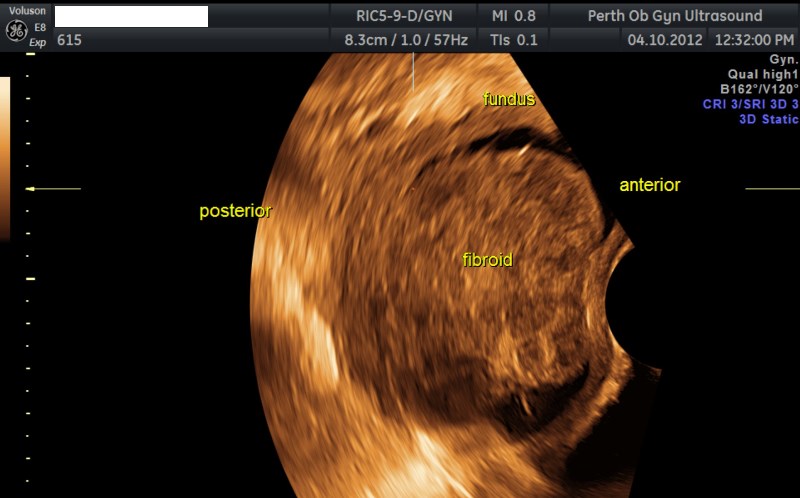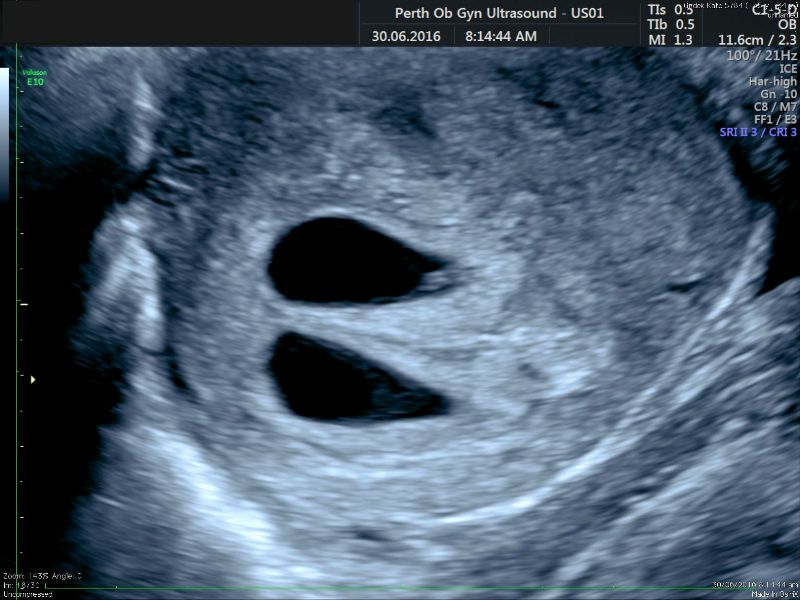

Studies are finding that saline infusion sonography is just as accurate as HSG for evaluating the uterus, if not more. The patient can also see the same views as their doctor and discuss the findings in real time.

Ultrasound is a familiar, comfortable exam that can be done right from the doctor's office. One study published in the Middle East Fertility Society Journal comparing HSG with saline infusion sonography found that a "significant number" of women experienced pain during HSG, and more women had greater discomfort after the HSG procedure. HSG, on the other hand, often causes painful cramping. Sonohysterogram is replacing HSG as physicians' first choice because it provides clear views of the uterus and endometrium without causing undue discomfort for the patient. However, a saline infusion with 3D ultrasound offers three main benefits to your patients as a first diagnostic exam. Fluid with bubbles can also be used to see how the fluid passes through the fallopian tubes to evaluate whether they are open or blocked.īoth tests provide valuable information for women struggling with infertility. The saline solution helps develop clear images of the endometrium during the ultrasound scan, which looks for intrauterine growths, the size and shape of the uterus, and problems with the endometrium.

HSG uses a contrast agent in the uterus and fallopian tubes, as well as X-rays to view the inside of the uterus and evaluate the fallopian tubes.ĭuring a saline sonogram, a small amount of saline solution is injected into the uterus before the doctor or sonographer performs a transvaginal ultrasound. Starting with a convenient, painless exam can go a long way toward improving patient satisfaction and the overall experience.Ī saline sonogram, also called a saline ultrasound or sonohysterogram, is rapidly becoming the first choice for doctors to evaluate the uterus and fallopian tubes over hysterosalpingogram (HSG). For women struggling to get pregnant, it can be a stressful time, and a time of many tests and questions.


 0 kommentar(er)
0 kommentar(er)
